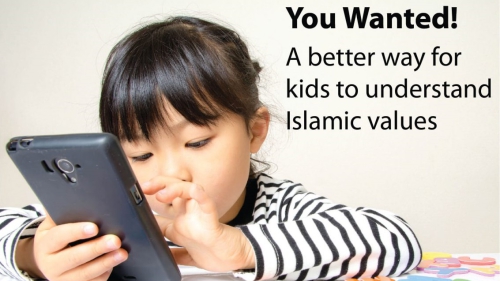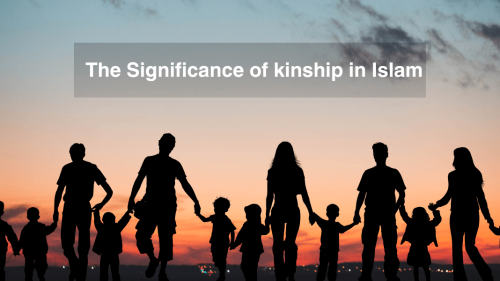Manufacturing Baby Faced Killers
It has become an all too familiar scene on America's evening news programs; terrified children, some covered in blood, fleeing from their school and young baby-faced killers being taken away by authorities.
Just weeks after the deadly shooting at Santana High School in Santee, California, another teen has struck again, this time at a high school just miles away in El Cajon. Fortunately no one died in this incident, but judging by the recent wave of events, it is not likely this school shooting will be the last.
From Conyers, Georgia to Onalaska, Washington, gun related violence has become a deadly epidemic at America's schools. And with each incident, Americans are subjected to a litany of opinions and a parade of political pundits who point to these tragedies as ways to advance their own political causes. For the gun control activists, it serves as proof that more laws should be passed limiting public access to guns. Meanwhile media watchdog groups point a finger at Hollywood and the video game industry, blaming them, perhaps rightly so, for their excessive use of gratuitous violence.
And while the debate rages on, schools around the country have placed more police officers in schools, installed security cameras at nearly every corner and installed metal detectors at main entrances. And business is brisk for one central Ohio company, which sets up 24-hour toll-free help lines for students wishing to report threats. "No tolerance" policies in schools have been implemented, sometimes in excess. Today elementary students in New Jersey were expelled from school and turned over to police for playing with paper guns.
But such measures have only given students a false sense of security and have done little or nothing to stop this perilous pattern of violence in schools. These pundits and school officials should receive a failing grade for ignoring long-term solutions and instead replacing them with rules and policies that do more harm than good.
An undeniable fact is that America's teens are suffering from lack of proper role models in the schools and at home. According to the Center for Demographic Policy in Washington, sixty percent of all children in the U.S. will spend some time in a single parent family before reaching the age of 18. And in the majority of two-parent households, both parents work. With so many parents away from the home, who are taking care of the children? For a good number of respondents in a recent survey in the San Francisco area, the answer is no one. The office of public affairs at UC Berkeley published an alarming report recently which revealed that more than a third of all children aged 10 to twelve were left at home alone while their parents remained at work. Experts agree that in these most formidable years, children are prone to get into trouble. With such a vacuum of parental guidance and nurturing, is it any wonder that these young children are feeling alienated, disenfranchised and depressed? Is it any wonder, that the media, with its powerful and slick messages that teach our teen-aged boys that violence is sexy, has had a disproportionate effect on them?
Indeed, the lack of parental control has enabled some of these teen killers to amass an arsenal of deadly weapons right under the collective noses of their own parents. In the case of the Columbine shooting, perhaps the most deadly of them all, the teens made twenty-pound propane bombs in their own home, powerful enough to wipe out the entire high school population. Fortunately, by the grace of God, they weren't completely successful.
And with few kids getting the necessary guidance at home, even fewer are finding assistance in public schools. With the emphasis on test scores, sports and other extra-curricular activities, little room is left for teaching children the most important subjects: compassion, charity, and consideration. In nearly every one of these school shooting cases, these teens have expressed trouble in coping with social pressures at school. It is a pity that only after the violence they are now getting the much needed attention.
But until we as a nation begin to ask the tough questions and begin making tough demands on ourselves as parents and educators, we may never cease the manufacturing of baby-faced killers.
Related Suggestions

















